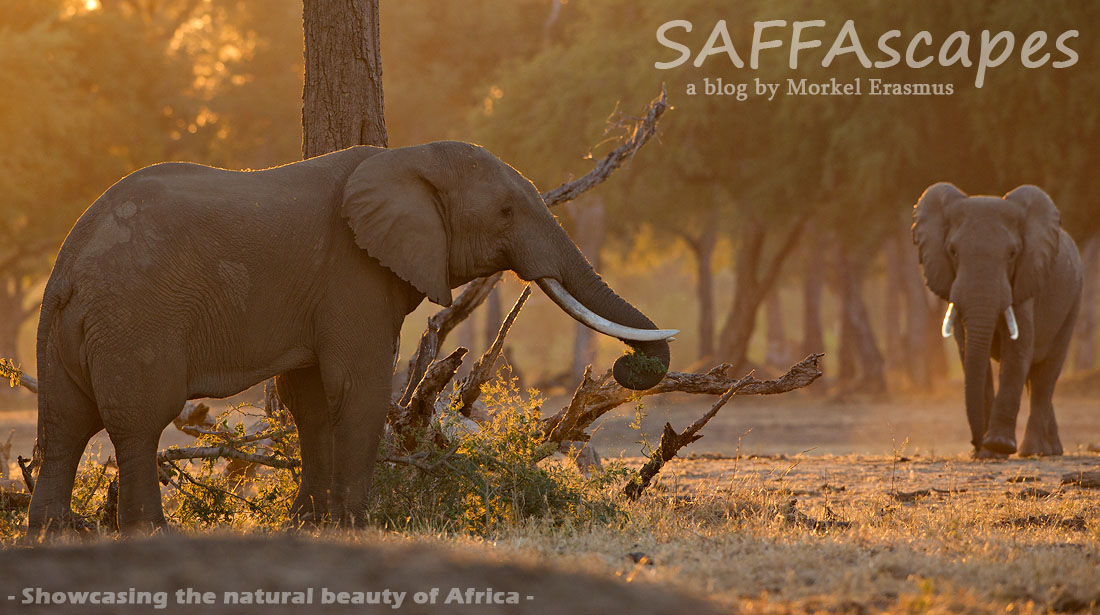Seeing that I haven't processed any multiple exposure HDR shots recently, I decided to do another post on an area of wildlife and nature photography that fascinates me...
Black and white has a certain panache to it. A good black and white photo just leaps out at you, whilst an average one just does nothing for you. I always try and have a look at which photos will be done justice by the black and white medium. I guess the key here is to actually visualise a shot in B&W while you are taking it, in other words as you see the scene through the viewfinder, try and visualise if it will work as a monochrome image.
"What will make it work in monochrome?" I hear you ask. Not that I'm an expert at all...but I do find that the B&W medium enhances form, line, texture and mood in the shots that it does work for. Look at this shot taken in the Kruger National Park last weekend. This pride of lions were just doing what they do best - sleeping. Occasionally one of them would get up, reposition him or herself and lie down again. At one stage one of the males got up, walked to his brother and lay down next to him - and gave a big yawn, followed by an obligatory snuggle against his brother's mane. I immediately knew that this shot would have to be done in B&W...and see how it enhances the expressions of the lions, whilst taking out the distracting bright green background colour...(as always, click on the pictures for a better view)
On the same weekend - a day or two earlier - we were in the Sabi-Sands Game Reserve, and were following a leopard mother and cub around the bush. This is a shot of her approaching our vehicle, and again, in B&W it just does something with the leopard's coat patterns and the fall of the light that I find fascinating...
Another animal that is just a shoe-in for B&W experimentation is the zebra. The black and white stripes on these animals lean very nicely into any type of B&W treatment, especially with abstract compositions...here's what I mean:
The monochrome image can also be used to emphasise action and movement. These images from our trip to the Kgalagadi Transfrontier Park last year show just that - and the subjects this time are mere Springboks and Oryx, not half as 'tourist-spectacular' as predators, but look at how these shots panned out!
Even landscapes can get a whole different feel when viewed in black and white. The key here is especially on lines, shapes and textures. Here are a few of my own attempts at landscape conversions to B&W:
Okay - before I give you a sensory overload in "Black and White", I'll end off with two shots taken of the same scene which are incidentally two of my favourite photos in my entire (vast) portfolio...The scene was simple: a lone blue wildebeest on a dune in the Kalahari, with wispy clouds behind it, painting a perfect picture of the harsh environment and the skill these animals have developed at surviving against all the odds.
Enjoy it, and I hope I have at least inspired you to go out and be more creative when taking photos...
Morkel Erasmus



















